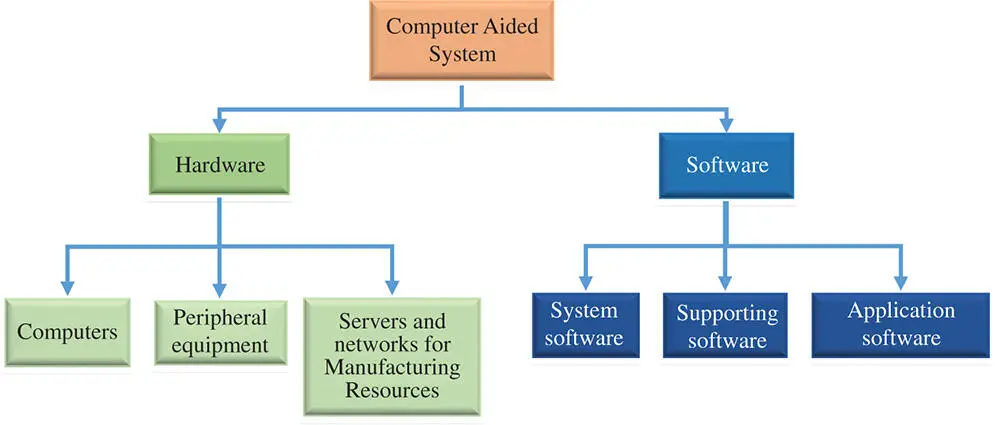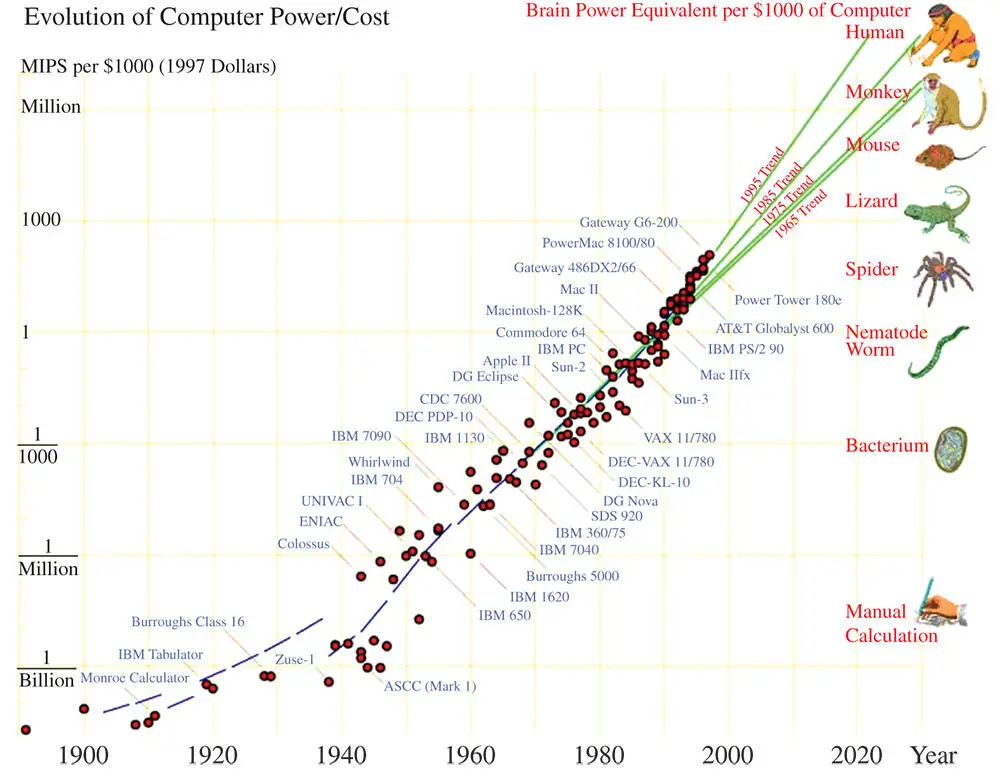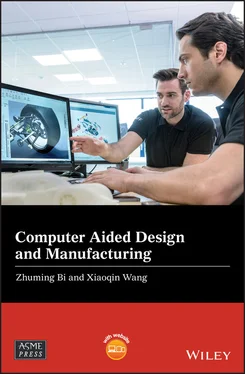Table 1.4Comparison of human designers and computers.
|
Human designers |
Computers |
| Strengths |
Identifying design needsBrainstorming to think solutions ‘out of the box’Engineering intuition and a big knowledge baseSelecting design variationsThe flexibility to deal with changesQualitative reasoningPsychologically, human decision is more trusted than artificial intelligencePredict trends, patterns, or anomalies, andLearn from experience |
Fast speed, reliable, endurance, and consistentCapable of exploring a large number of optionsCarry out long, complex, and laborious calculationsStore and efficiently search large databases andProvide information on design methodologies, heuristic data, and stored expertise |
| Weaknesses |
Easily tired and boredCannot do micro manageBiased and inconsistentProne to make errorsNot good at quantified reasoningIncapable of utilizing the data presented in an awkward manner |
Difficult to synthesize new rulesLimited knowledge baseNo common sense |
1.3.4 Human Versus Computers
A manufacturing system has been set up to transfer raw materials into final products by performing a series of manufacturing and assistive activities in a system. Section 1.1.3showed that a conventional manufacturing system relies heavily on human resources in both materials flow and information flow. With the continuous growth of scale and the complexity of systems, human designers and operators approach their limits to make decisions or operate machines in cost‐effective ways. To sustain vital manufacturing systems, CATs are expected to fully or partially substitute for a human being in a material or information flow. Table 1.4gives a brief comparison of human designers and computers in terms of their strengths and weaknesses.
1.3.5 Human and Machine Interactions
It is critical to take advantage of modern computing technologies to improve the effectiveness of engineering designs. The limitations of human designers can be addressed by computer programs. As shown in Figure 1.10, human designers and computer aided tools are good at providing a new design and a routine design , respectively. Statistics shows that the percentages for providing a new design, increment design, and parametric design are 24%, 56%, and 20%, respectively. The total new design only took 24%. If the requirements of standardization are high, the parametric design is higher, where 50% of design activities are of a routine parametric design.

Figure 1.10Human designers and computers in engineering design.
While the majority of engineering design activities are incremental designs, the computer assisted interactive design can maximize the synergized strengths of both human designers and computer aided tools. This implies that engineers might spend a lot of time to repeat existing work by others. Therefore, it becomes mandatory to utilize CAD/CAM to improve productivity. CAD/CAM is designed to synergize the methodologies, tools, and expertise to solve design problems of CAD/CAM applications.
1.4 Architecture of Computer Aided Systems
System architecture is used to represent system components and their relations. Like any computer application system, the components in a computer aided system can be classified as hardware components or software components, as shown in Figure 1.11. The hardware components are further classified into computers , peripheral equipment , and servers and networks for Manufacturing Resources. The software components are classified into system software , support software , and application software .

Figure 1.11Architecture of computer aided systems.
1.4.1 Hardware Components
Hardware components of computers are organized based on their functions: computing units focus on data processing and other peripheral devices are for inputs, outputs, storage, and communications (Savage and Vogel 2013).
Computing units differ in size for mass and power for computing speed, and common categories are supercomputers , mainframes , and microcomputers . Mainframes are usually larger than microcomputers, but modern microelectronics allows very large power systems such as computer workstations to be packed into small spaces. Supercomputers are very advanced and expensive, and are characterized as having the fastest computing speeds for the most complex problems. The most critical measure of computer power is Million Instructions per second (MIPS). Moravec (1998) discussed the evolution of computer power/cost as shown in Figure 1.12, which shows that computers doubled in capacity every two years since 1945. This predicted speed was used as an indicator by computer manufacturers. They had to make new products whose computing speeds exceed the predicted speed, and those who failed to catch up with the increase in computing speed would lose business. In the 1980s, the doubling time contracted to 18 months and the computer performance in the late 1990s doubled every 12 months. Accordingly, the cost for computer power has been greatly reduced. The level of MIPS was predicted to be millions per $1000 in 2020. The core of the computing unit is the processor. Evolution of the computer processors is shown in Figure 1.13. The growth of processing capabilities matches Moore's Law – transistor density on integrated circuits doubles about every two years .

Figure 1.12Evolution of computer hardware (Moravec 1998).

Figure 1.13Evolution of semiconductors for processors (Computer History 2019a).
Another important specification of a computing unit is memory, which is a type of integrated circuit used to store data. The memory for the storage of the data for immediate use in a computer is called primary storage . Primary storage such as random‐access memory (RAM) operates at a high speed. Secondary storage such as external drives provides slow‐to‐access data but offers higher capacities (Wikipedia 2019b). The idea of computer memory came with the usage of punch cards as memory by Charles Babbage in 1837; it was not until 1932 that Gustav Tauschek invented drum memory. Later in 1946, magnetic core memory became popular, which was attributed to the application of Williams‐Kilburn tubes. Magnetic core RAM was introduced by MIT and the patent on pulse transfer controlling device by An Wang in 1955. Thereafter, dynamic random‐access memory (DRAM), phase‐change random‐access memory (PRAM), static random‐access memory (SRAM), due drive rate (DDR) RAM, and solid state RAM were gradually developed (Computer Hope 2019). Bhatt and Die (2015) give a summary of existing solutions of computer memories as well as a comparison of the main specifications on cost, speed, function, and data type in Figure 1.14. The more powerful a computer aid system is, the higher the requirements to the computer and memories are.
Читать дальше
















